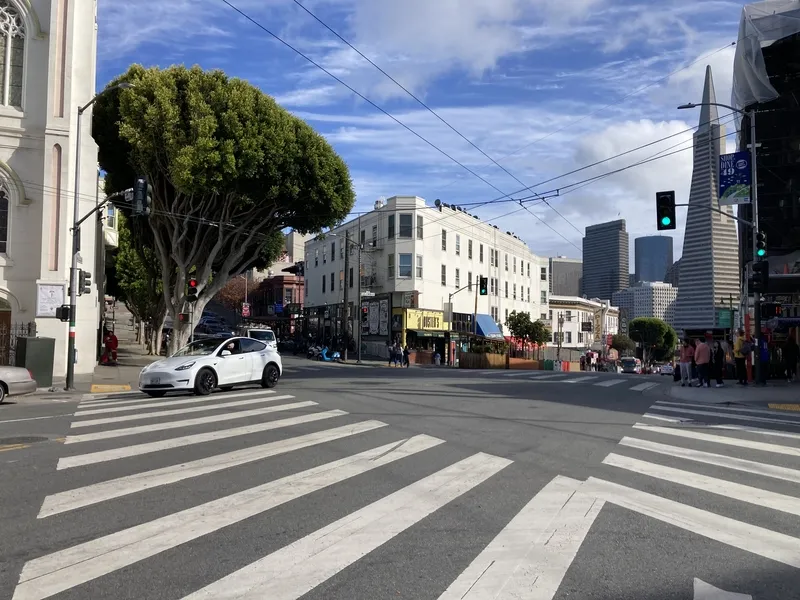San Francisco's Municipal Transportation Agency (SFMTA) has ordered an additional 40 light rail cars from Siemens for its Muni transit system. Leveraging an option under the original 175 light rail vehicle order signed in September 2014, the 40 additional vehicles are part of the biggest Siemens order ever for light rail cars placed in the US. Siemens will deliver a newly-developed light rail car based on its Model S200 for the San Francisco order. The car is especially energy-efficient thanks to a light-we
June 17, 2015
Read time: 1 min
RSS
San Francisco's Municipal Transportation Agency (SFMTA) has ordered an additional 40 light rail cars from
Siemens will deliver a newly-developed light rail car based on its Model S200 for the San Francisco order. The car is especially energy-efficient thanks to a light-weight drive system that recuperates braking energy and an LED lighting system that uses up to 40 per cent less electricity than standard neon lighting. The first vehicles are set to be delivered by end of 2016.










